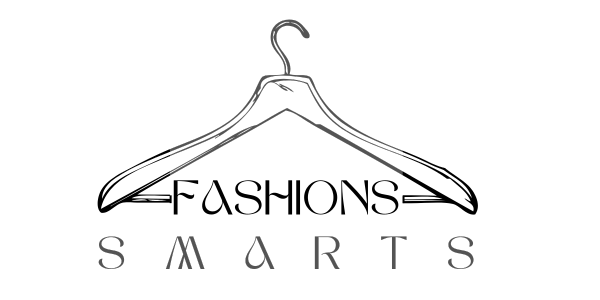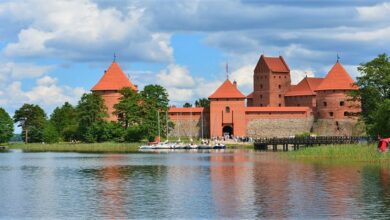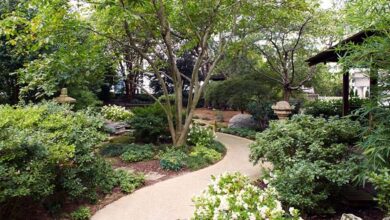Gyeongju vs Kyoto

When it comes to preserving ancient capitals, sometimes you just can’t beat a bit of good, old-fashioned dictatorship. Kyoto lost much of its original genteel atmosphere after World War II, largely transforming into a modern Japanese city. In the 1970s, the same fate may have befallen Gyeongju, capital of the Silla empire (57 BC– AD 935), had Korea not been ruled at the time by a military strongman from the area. The city was shielded from the burgeoning Korean economy by a cap on building height. So, from just 72 ft (22 m) above ground level, one is able to see the whole city – something hard to imagine in present-day Kyoto
The limit is based on the height of Gyeongju’s largest burial mound, or tumulus. The city is dotted with these soft, grassy hillocks, evidence of a line of Silla kings that stretched unbroken for almost a millennium. Other royalty and assorted noblemen were afforded the same privilege, so there are a fair few such mounds to see, mostly in Tumuli Park in the city center. Here, you are even allowed to walk inside one mound for a look at the way in which Silla royalty was entombed
This period has left its mark in other ways, too. Sillan artisans were the envy of East Asia, and a glut of golden treasure has been hauled from the earth and displayed at the Gyeongju National Museum – a sight not to be missed. Also scattered around the city are some of the most jaw-droppingly beautiful temples in the land – most notable are sumptuously painted Bulguksa, the martial arts center of Golgulsa and isolated Girimsa. Most visitors also take time to check out Namsan, a mountain just south of the town that still yields archaeological discoveries on a regular basis. It is best reached by bicycle and, on the way, you’ll be amazed at how quickly the city gives way to farmland and bucolic landscapes – unthinkable in Kyoto
MAIN CITY SIGHTS
Tumuli Park Containing almost two dozen burial mounds, this enclosed area is very picturesque. The Cheonmachong (“heavenly horse”) tomb, named for an exquisite painting of a flying horse found inside, is open to the public as a museum
Bulguksa In a country with no shortage of stunning temples, ornately painted Bulguksa is among the best. It is thoroughly deserving of its place on UNESCO’s World Heritage list, as is Seokguram, the nearby mountaintop Buddhist grotto with breathtaking views, that can be reached via a steep but pleasant hiking trail or a winding shuttle-bus ride
Anapji This pleasure garden and palace complex, centered around a charming lotus pond, was built for King Munmu in the 7th century. Many people opt to visit at night, when the surrounding trees and bamboo are delightfully illuminated
Namsan This mountain lies just south of central Gyeongju. Surrounded by tombs and temples, and still yielding up its treasures to archaeologists, it can fill a whole day of hiking and sightseeing. Many visitors opt to explore by rented bicycle, on which you can also weave through the surrounding patchwork of farms and fields.
PRACTICAL INFORMATION
Getting There and Around Gyeongju can be reached directly by bus from Incheon, Korea’s main airport (5 hours), but most travelers come here via Seoul, from where there are buses every half hour or so (4 hours). Gyeongju’s tiny train station is also served by seven trains a day from the capital (4–5 hours).
Where to Eat As in all Korean cities, you can eat excellent food for next to nothing in Gyeongju. The city is noted for its restaurants serving ssam-bap, a largely vegetable-based meal made up of over a dozen separate dishes. There are several places to eat on the road running along the eastern edge of Tumuli Park, but the most attractive is Sampo Ssambap (tel. +82 54 762 6148), which is decorated with photos and Korean bric-a-brac.
Last word
Kyoto’s jewels may be more highly polished, and certainly better known, but it’s Gyeongju that better evokes the atmosphere of its bygone days as the capital of an advanced and noble culture.





